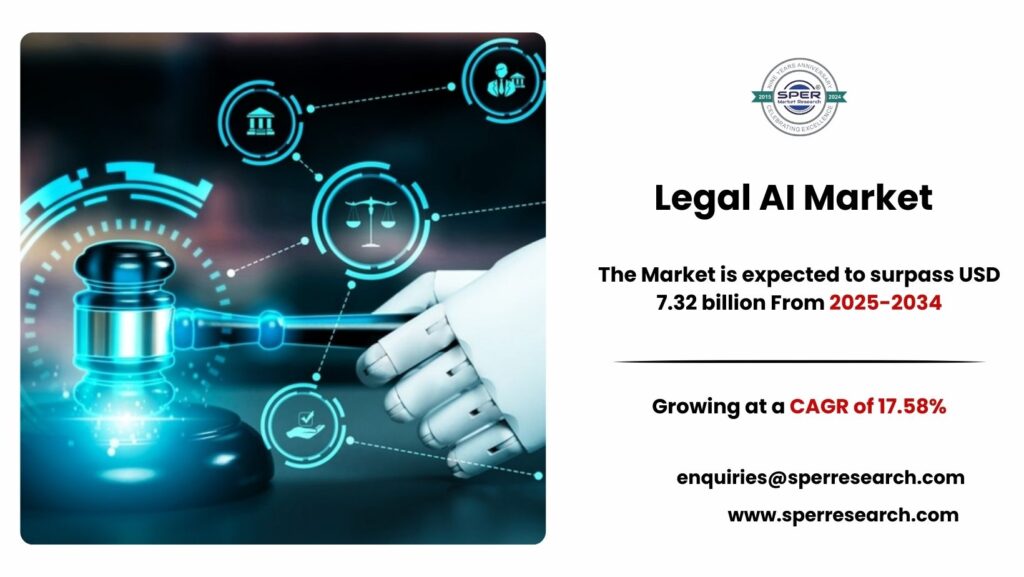What Is Deep Learning?
Deep learning is a subfield of machine learning that uses layered neural networks to learn representations of data. Unlike classical ML techniques that rely heavily on hand-crafted features, deep learning models (convolutional neural networks, recurrent networks, transformers, etc.) learn hierarchical features directly from raw inputs — images, audio, sensor streams, or text — often achieving state-of-the-art accuracy on perception and pattern-recognition tasks.
At its core, deep learning is about two things: architectures that can model complex relationships and compute infrastructure that can train those architectures on massive datasets. The convergence of algorithmic advances (e.g., transformers), vast labeled and unlabeled datasets, and specialized hardware (GPUs, TPUs, and other accelerators) is what powered the transition from academic proofs-of-concept to production-grade systems that are now ubiquitous. This technical foundation is important because it explains why demand isn’t just for software but for the full stack: models, tooling, compute, and domain services.
Market Snapshot & Key Forecast Numbers
Global market size and CAGR
Because “deep learning market” is defined differently across reports (some include hardware + software + services; others focus only on software/services), forecasts vary. Representative projections include SPER Market Research’s projection of a significantly large global market by 2034 with a strong CAGR between ~20% and ~33% depending on scope and horizon. These variations are normal: they reflect different base years, which segments are aggregated, and whether adjacent markets (AI chips, data-center services) are counted. As Per on Research Basis by SPER Market Research, the Global Deep Learning Market is estimated to reach USD 1562.95 billion by 2034 with a CAGR of 32.03%.
Market Segmentation
By Component — Hardware, Software, Services
- Hardware: GPUs, TPUs, VPUs, FPGAs, and specialized AI accelerators fuel training and inference. Hardware is a major revenue contributor because deep learning workloads are compute-intensive and often run in specialized clusters or edge devices.
- Software: Frameworks (PyTorch, TensorFlow), model tooling, MLOps platforms, and API-based model services compose this layer. Software enables model development, fine-tuning, deployment, and monitoring.
- Services: Consulting, integration, managed services, dataset curation, and labeling. Many enterprises buy services to overcome talent gaps and integrate models into legacy systems.
The balance between these components varies by region and use case — hyperscalers dominate hardware and cloud-based software, while niche vendors and systems integrators capture domain-specific services.
By Deployment Mode — Cloud, On-premise, Hybrid
- Cloud: Favored for scalability and access to managed training/inference services. Cloud is the primary mode for startups and enterprises scaling proofs-of-concept.
- On-premise: Critical for sectors with stringent data residency/privacy rules (e.g., government, regulated healthcare, defense).
- Hybrid: Most common long-term pattern — training or heavy workloads in the cloud; inference or sensitive data processing on-premise or at the edge.
For Detailed Analysis in PDF Format, Visit Here- https://www.sperresearch.com/report-store/deep-learning-market?sample=1
By Application
- Computer Vision: Image recognition, inspection, medical imaging analysis.
- Natural Language Processing (NLP): Chatbots, summarization, sentiment analysis.
- Speech & Audio: Voice assistants, call-center automation.
- Predictive Analytics & Time-Series: Demand forecasting, predictive maintenance.
- Recommendation Systems: Retail, streaming services, advertising.
Applications map closely to monetizable enterprise use cases, which drives investment priorities.
By Industry Vertical
- Healthcare: Diagnostics, imaging, drug discovery.
- Automotive: Autonomous driving stacks, ADAS.
- Banking & Finance (BFSI): Fraud detection, algorithmic trading, risk modeling.
- Retail & E-commerce: Personalization, visual search, supply chain optimization.
- Manufacturing & Industry 4.0: Quality inspection, predictive maintenance.
Regional Dynamics
North America
North America, led by the U.S., is the innovation and market-adoption hub — home to hyperscalers, leading chipmakers, and many startups. The region commands a large share of revenue and R&D spending, benefiting from a dense venture ecosystem and enterprise demand. Many forecasts project North America as the largest regional market over the next decade.
Europe
Europe shows strong adoption in regulated verticals like healthcare and automotive, with significant public and private investment in ethical AI and industrial AI projects. Regulatory leadership also means stricter compliance requirements that can slow or reshape deployments.
Asia-Pacific
APAC is the fastest-growing region in many projections, driven by China, India, Japan, and South Korea. Government initiatives, large consumer markets, and growing cloud infrastructure support rapid scale-up of deep learning use cases.
Rest of World
LATAM, MENA, and Africa are emerging markets where adoption is rising but constrained by infrastructure and talent. However, region-specific use cases (agritech, fintech, telecom optimization) present unique growth opportunities.
Competitive Landscape & Key Players
Hyperscalers & Cloud Providers
Major cloud providers and hardware leaders — NVIDIA, Microsoft (Azure), Google Cloud, Amazon Web Services — dominate the infrastructure layer and increasingly offer integrated model services, pre-trained models, and managed MLOps tooling. Their scale advantage is significant, affecting pricing dynamics and ecosystem lock-in.
Conclusion & Strategic Recommendations
Deep learning is not a passing trend — it is a structural shift in how software is built and how enterprises extract value from data. The market is large and expected to grow rapidly, but success will require thoughtful investments in data infrastructure, governance, and model lifecycle management. My practical recommendations:
- Start with high-impact pilots: choose a few use cases with clear ROI and operational data to minimize risk.
- Invest in data & governance early: model performance depends more on data quality than algorithmic novelty.
- Use hybrid deployment models: combine cloud scale for training with edge/on-prem inference for latency and privacy.
- Partner strategically: Use hyperscale’s for scale and specialized vendors for domain expertise.
- Track sustainability & compliance: build energy-efficient model practices and compliance from day one.
For organizations that follow these playbooks, deep learning will be a durable source of competitive differentiation.
Contact Us:
Sara Lopes, Business Consultant — USA
enquiries@sperresearch.com
+1–347–460–2899









